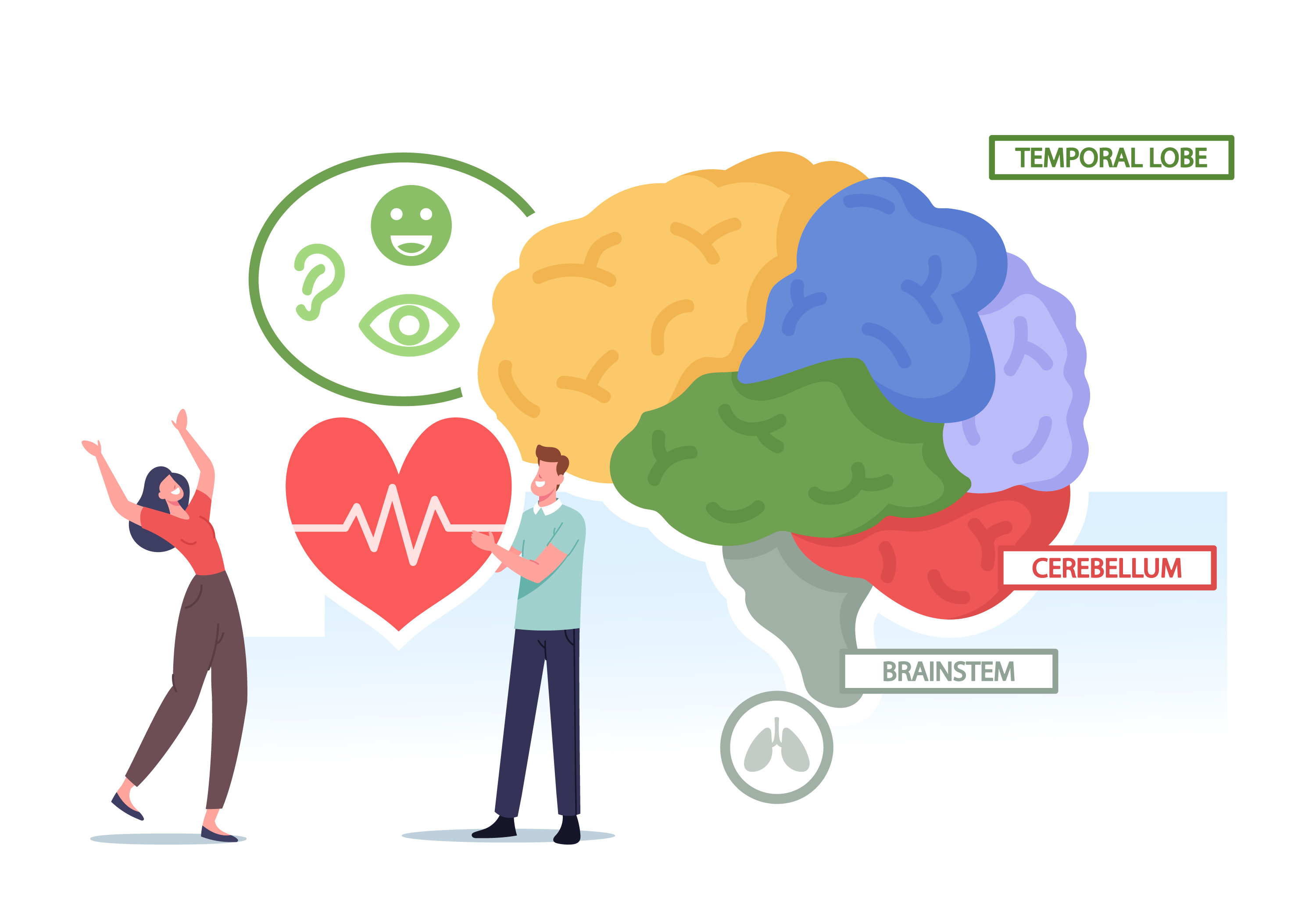At a great disservice to those who are experiencing neurological complications as a result of their chronic SARS-Cov-2 infection, both the media and medical community have framed SARS-Cov-2 Associated Neurocognitive Decline as "brain fog." In doing so, they have left an untold number of individuals to suffer in silence while their autonomy disappears, along with our intellectual capital.
In light of the fact that SARS-Cov-2 and HIV share the same mechanism of Central Nervous System reservoir seeding, as well as lymphocytopenia, the science behind the SAND Scan borrows from over forty years of research into the pathophysiology and management of HIV Associated Neurocognitive Decline
We provide our clients with the following:




